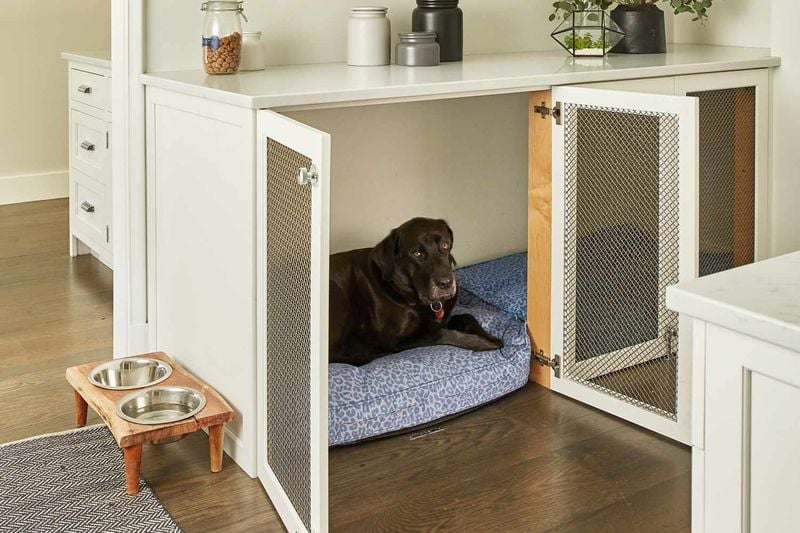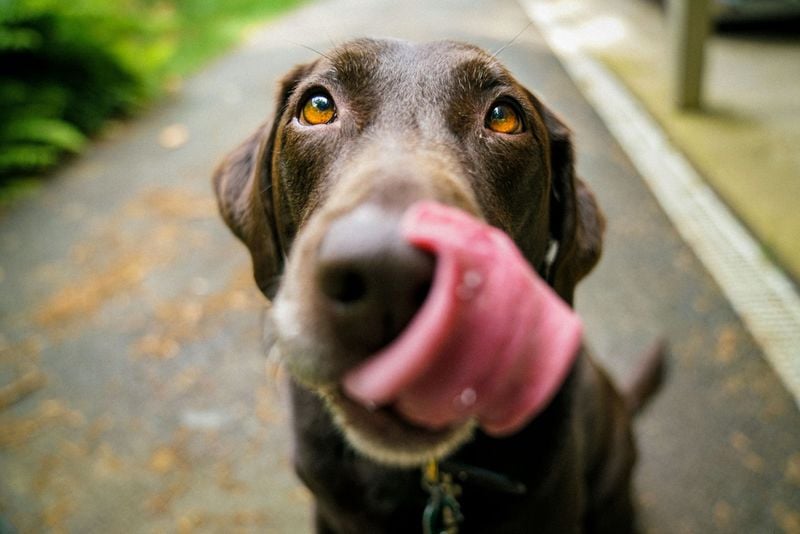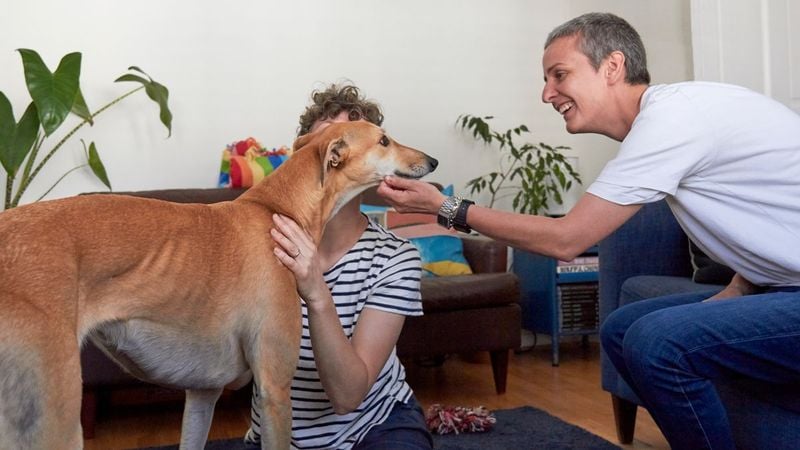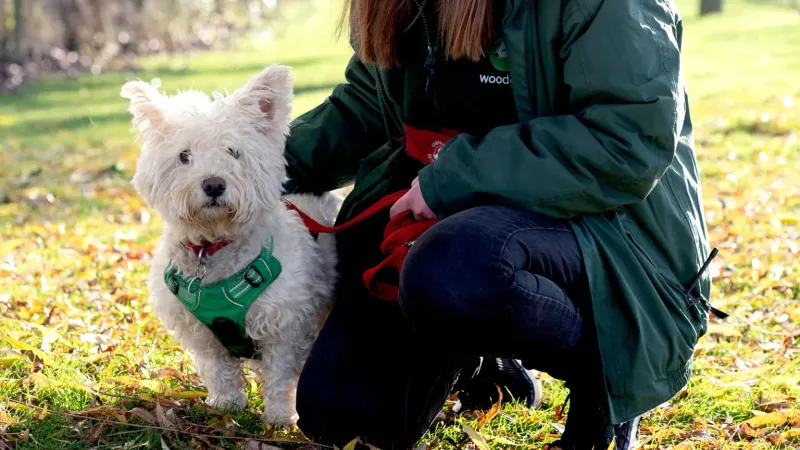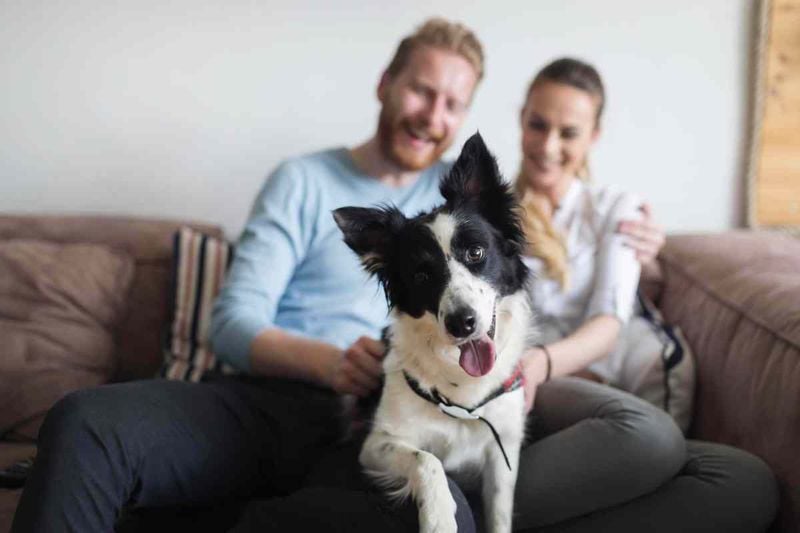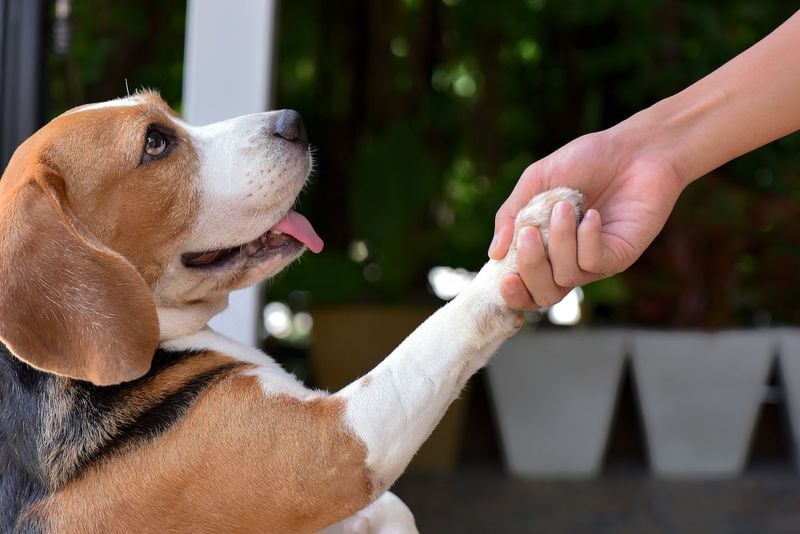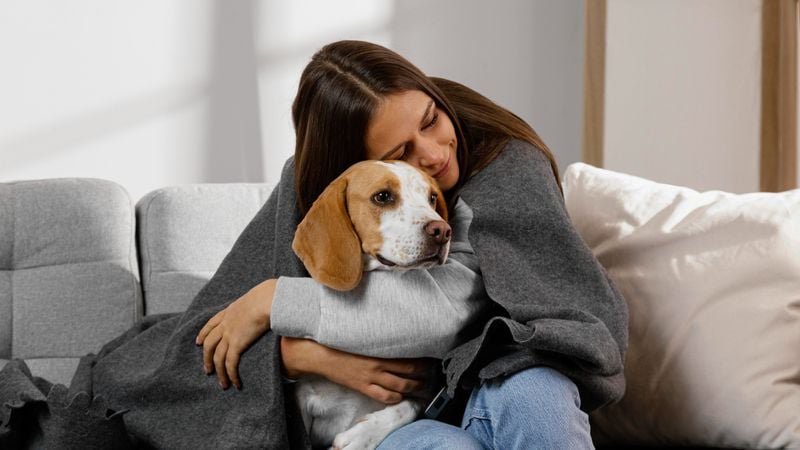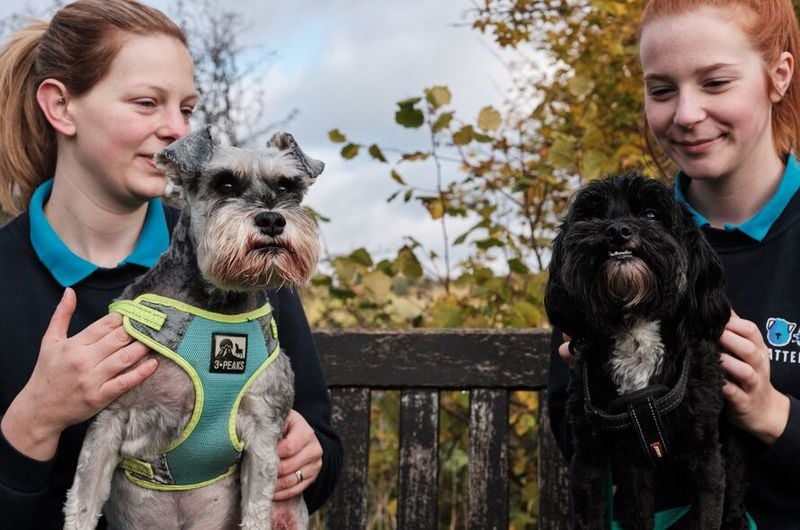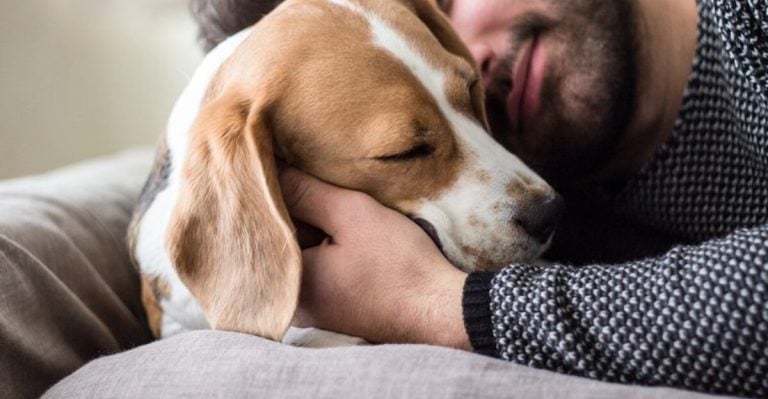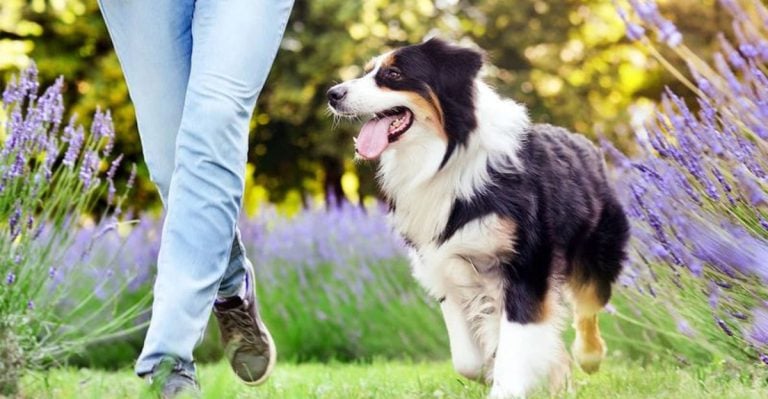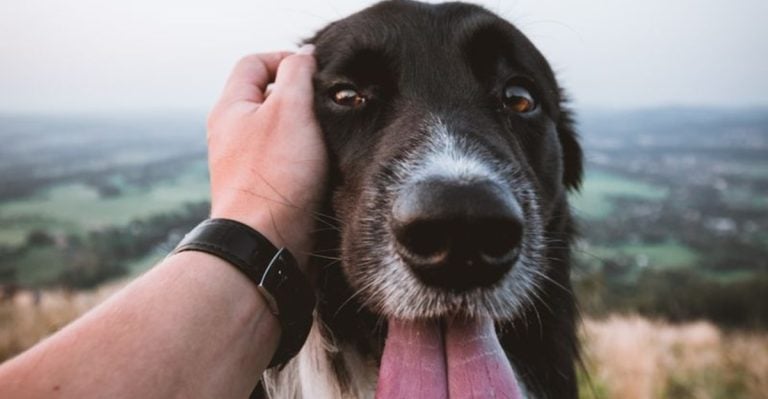10 Key Tips for Bringing a Rescue Dog Into Your Home
Bringing home a rescue dog is one of the most rewarding things you can do—but it’s also a big transition for both of you.
These dogs often come with unknown pasts, unique quirks, and a deep need for patience and understanding.
While it’s tempting to shower them with love from day one, what they need most is stability, structure, and time to adjust.
Whether you’re welcoming a shy senior or a bouncy pup, the early days are critical for building trust and setting the tone for your relationship.
This guide offers 10 essential tips to help your rescue dog settle in, feel safe, and eventually thrive in their new forever home.
1. Prepare Your Home in Advance
Creating a dog-friendly space in your home is a must before your new canine companion arrives. Begin by dog-proofing your home, removing anything hazardous. Secure electrical cords and tuck them away from curious paws. Block off areas where your furry friend shouldn’t wander.
Providing a safe space, such as a cozy bed in a quiet corner, can help ease the transition. Consider things like baby gates to keep certain rooms off-limits. A little extra effort goes a long way.
Fun fact: Dogs see the world differently than humans, relying heavily on their sense of smell and hearing. Keeping this in mind can help you create a more comforting environment for them.
2. Stock Up on Essentials
When preparing for a rescue dog, stocking up on essentials is key to a welcoming homecoming. Have nutritious food and water bowls ready. A comfortable bed and a sturdy leash and collar are musts.
Don’t forget ID tags engraved with their new name and your contact information. Toys will also be crucial for their mental stimulation and comfort.
Think about what might make them feel settled. Familiar items can ease anxiety. Offering a mix of soft and chew toys can cater to different play styles. Rescue dogs may have unknown preferences, so variety is beneficial.
3. Create a Calm Arrival Experience
The first day in a new home can be overwhelming for a rescue dog. Keep things serene by creating a calm environment. Avoid inviting friends or hosting a family gathering. Allow your dog to explore its new surroundings at their own pace.
Low, gentle lighting and soft tones can help ease initial fears. Offer reassuring words but avoid over-stimulation.
Did you know that dogs use their nose to gather information about unfamiliar places? Let them sniff around as they acclimate. This natural exploration is crucial for helping them feel at home.
4. Introduce a Routine Early
Consistency is comforting for rescue dogs. Establishing a routine right away builds trust and security. Start with regular meal times. Predictable feeding helps stabilize their digestive system.
Morning and evening walks at the same time daily offer structure. Dogs rely on routines for comfort, so consistency in potty breaks is also essential.
A well-set routine acts as a safety net during their transition phase. Dogs can sense time, and sticking to a schedule helps them predict what happens next, easing anxiety and enhancing confidence.
5. Give Them Space and Time
Bringing a rescue dog home requires patience, especially when it comes to building trust. Physical affection should not be rushed. Let the dog make the first move.
Observe their body language for cues. Some may take days or weeks before seeking cuddles. Allowing them their space ensures they don’t feel overwhelmed or cornered.
Anecdote: A rescue dog named Max took three weeks before wagging his tail around his new family. Each dog has their own timeline, and respecting it fosters a trusting relationship.
6. Use Positive Reinforcement
Positive reinforcement is a powerful tool for training rescue dogs. Reward desired behaviors with treats and praise to encourage repetition. This method avoids anxiety and fosters a positive learning environment.
Avoid punishment-based training, which can increase stress and fear. Your tone of voice and body language matter greatly.
Fun fact: Dogs have about 1,700 taste buds compared to humans’ 9,000. This means they might prefer certain treats over others. Experiment to find their favorite reward.
7. Be Patient with House Training
Even if a rescue dog was house-trained before, new environments can cause setbacks. Patience is crucial in guiding them through this transition.
Supervise closely and offer frequent bathroom breaks. Celebrate small victories with praise and treats. Setbacks are normal and should be met with understanding.
Remember that consistency and patience are keys to successful house training. Did you know? Dogs have a natural instinct to keep their living area clean, but stress can disrupt this behavior until they feel secure.
8. Slowly Introduce Family and Pets
Introducing your rescue dog to family and other pets requires a gentle approach. Start with one-on-one meetings in a neutral space to avoid territorial disputes.
Monitor interactions closely, watching for signs of discomfort or aggression. Patience in these introductions helps build harmonious relationships.
An anecdote: Bella, a rescue dog introduced to a cat, took weeks before the two became inseparable friends. Slow introductions often lead to lasting bonds.
9. Schedule a Vet Visit Early On
Within the first week, plan a visit to the vet for a thorough health check. Bring any available medical records to discuss vaccines and necessary treatments.
Microchipping your new companion is also a wise decision, ensuring they can be easily identified if lost. Addressing health concerns early creates a healthier future.
Did you know that microchipping is a quick procedure that provides lifelong identification? It’s a small step with significant benefits for pet safety.
10. Consider Professional Support
Behavior issues in rescue dogs can arise from past traumas. Don’t hesitate to seek professional help if needed. Certified trainers with experience in rescue dog behavior can offer valuable guidance.
Working with experts ensures that both you and your dog gain the skills needed to tackle challenges. This support can make the adjustment period smoother for everyone involved.
Fun fact: Dogs can read human facial expressions, which trainers use to communicate effectively during sessions. This intuitive understanding improves training outcomes.

